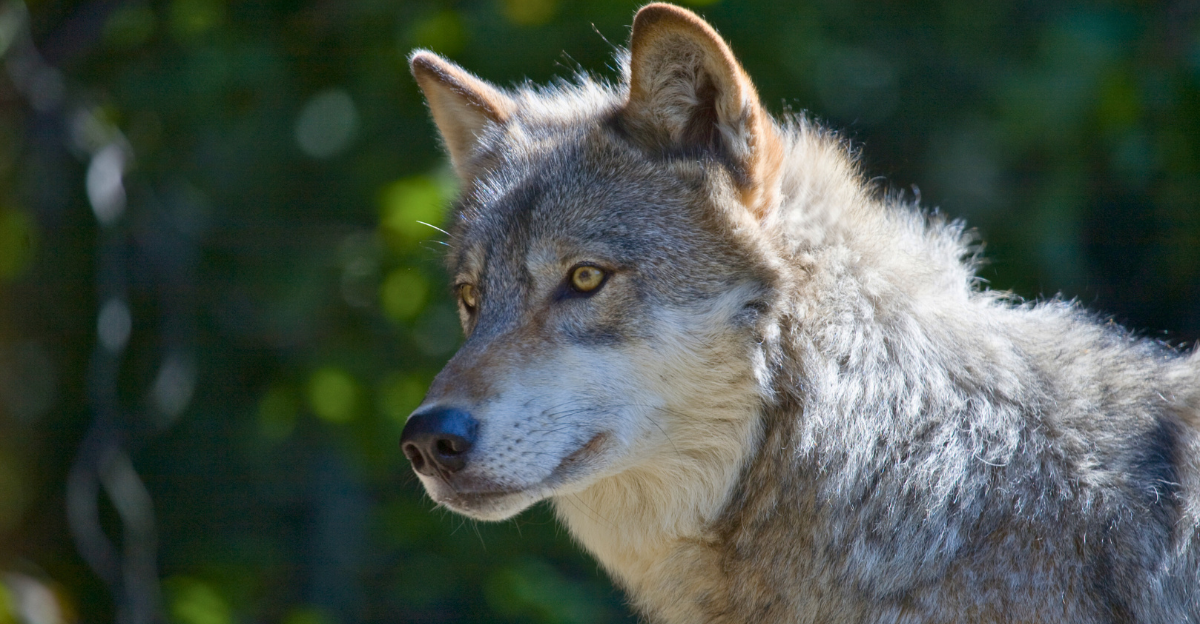
Local supervisors in Northern California counties are increasingly alarmed by the growing presence of gray wolves, which they say threaten rural safety. Several counties, including Shasta, Modoc, Lassen, Sierra, and Siskiyou, have declared local emergencies due to wolf attacks on livestock and wolves venturing near human residences.
These developments have raised concerns about ranching losses and public safety, as wolves display bold behavior that is uncommon in the past. The situation highlights a complex conflict between wildlife conservation and rural community security, prompting urgent appeals for state intervention.
Background on Gray Wolf Population Recovery
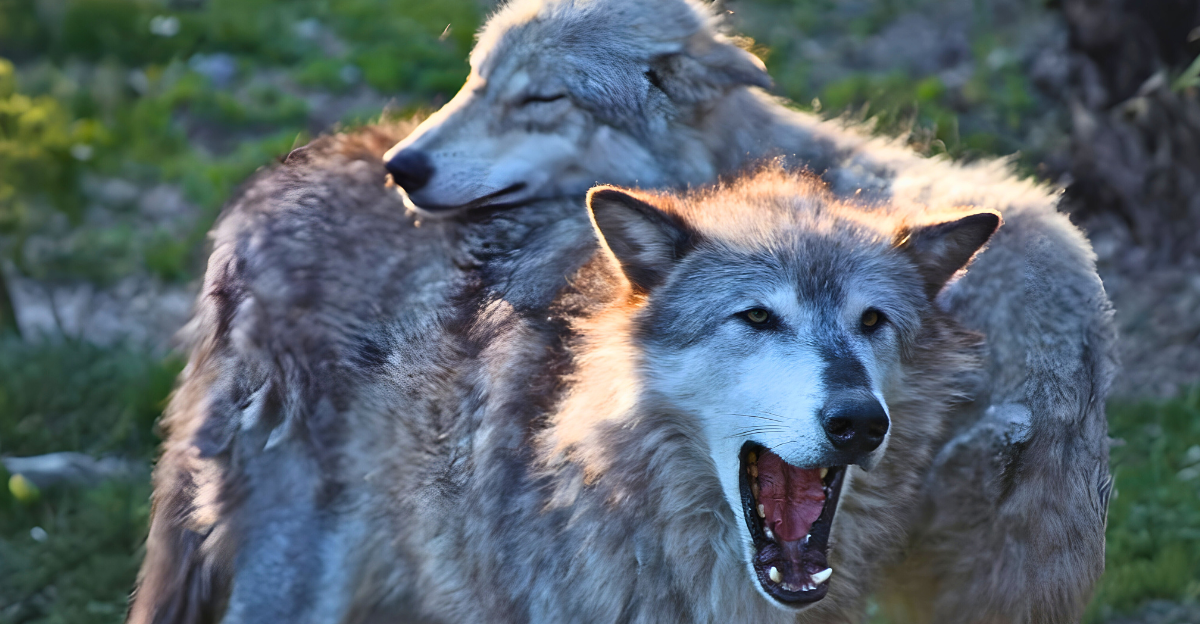
Gray wolves naturally recolonized California in 2011, after being absent since 1924. This resurgence followed the dispersal of wolves from Oregon, notably the famous OR-7. Legal protections under the federal and California Endangered Species Act have facilitated population growth. Today, California hosts several confirmed wolf packs across northern counties.
These protections aim to conserve wolves for their ecological role, but the expanding population has created tensions with rural communities dependent on livestock.
Recent Emergency Declarations by Counties

Counties such as Shasta, Modoc, Lassen, Sierra, and Siskiyou have formally declared local emergencies in response to wolf threats. These declarations cite confirmed livestock attacks, including cases where wolves kill without consuming prey and wolves approaching or entering residential areas.
Local governments have coordinated responses, including appeals for state assistance and regulatory flexibility to better manage wolf-related risks. These emergency declarations underscore the severity of the situation and the demand for swift action.
Impact on Livestock and Rural Economy
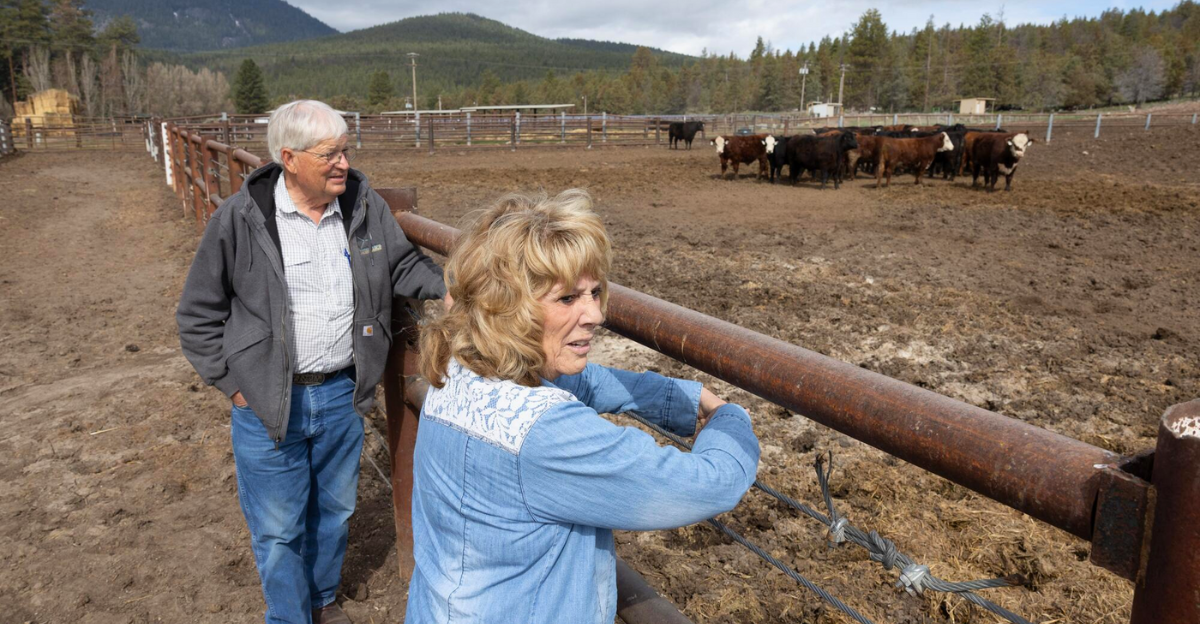
Livestock losses have been significant, with Siskiyou County alone confirming over 78 wolf-related kills since 2021. These attacks impose economic hardships on ranchers through animal losses and increased expenses for protective measures.
The presence of wolves also affects local tourism and hunting industries, as predation reduces populations of big game animals. The cumulative economic impact threatens rural livelihoods and fuels calls for more effective wolf management strategies.
Public Safety Concerns and Wolf Behavior

Wolves exhibit unprecedented boldness, showing little fear of humans by entering yards, walking through children’s sandboxes, and killing elk near homes. Such behavior raises alarms about public safety in rural communities.
Residents report fear impacting daily life, as wolves’ proximity to homes and livestock creates a sense of vulnerability. These incidents challenge traditional perceptions of wolves as shy wildlife and emphasize the urgent need for safety measures.
Local Officials’ Appeals and Requests to the State
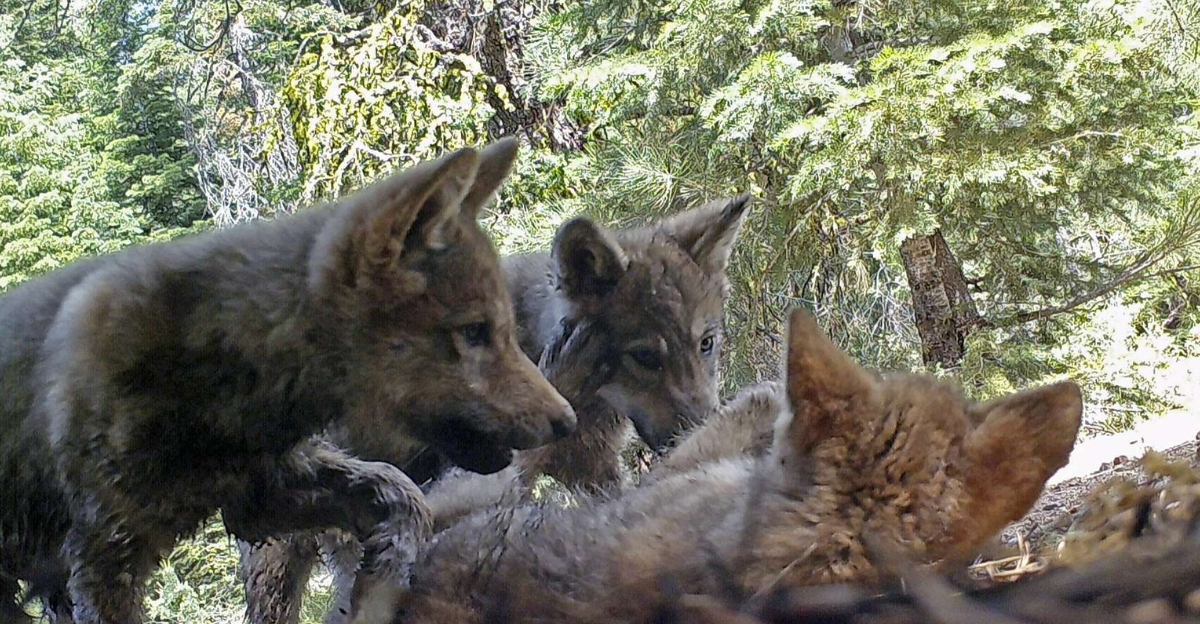
Local officials have sent formal letters and passed resolutions urging the state to provide urgent assistance. They request tools such as the ability to relocate or euthanize wolves deemed dangerous and expanded authority for local law enforcement.
Officials also seek improved compensation programs for livestock losses and enhanced data sharing from the California Department of Fish and Wildlife (CDFW) to track wolf activity better. These appeals reflect frustration with current limitations in managing wolf conflicts.
State Response and Proposed Measures
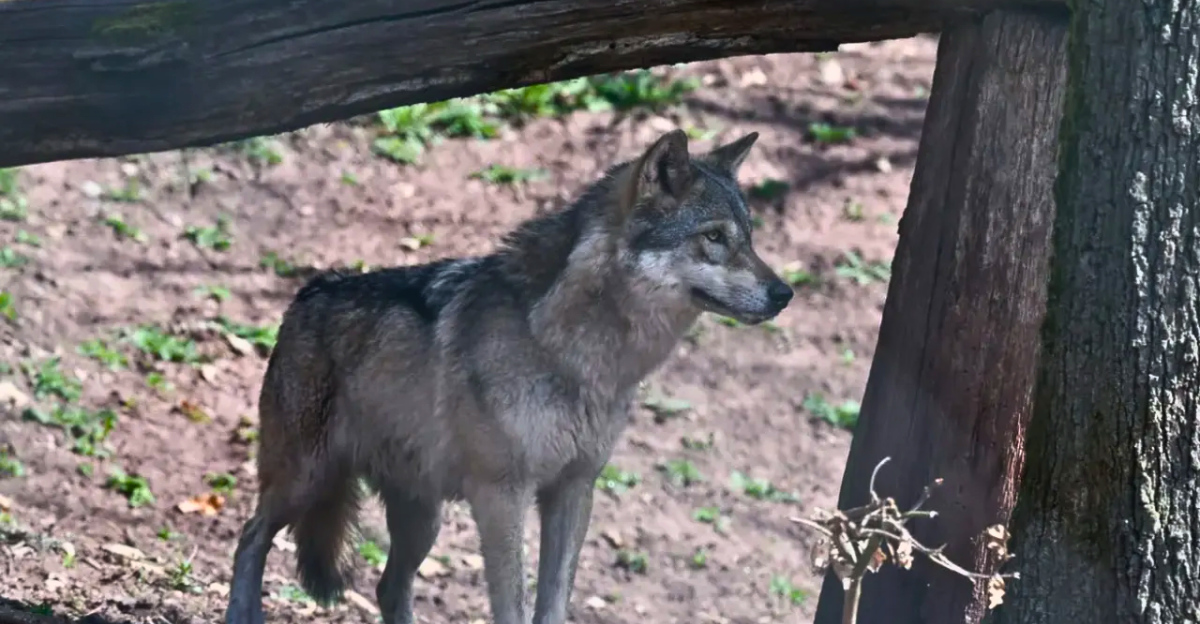
The CDFW is reevaluating the gray wolf’s status and considering permits for “less-than-lethal harassment” methods like noise and motorized vehicles to deter wolves. The department has introduced an online mapping tool showing GPS-collared wolves to assist ranchers in protecting livestock.
Additionally, compensation programs have paid out $3.1 million to affected producers. These measures indicate a cautious but proactive state approach balancing conservation with rural safety concerns.
Contrasting Perspectives and Challenges
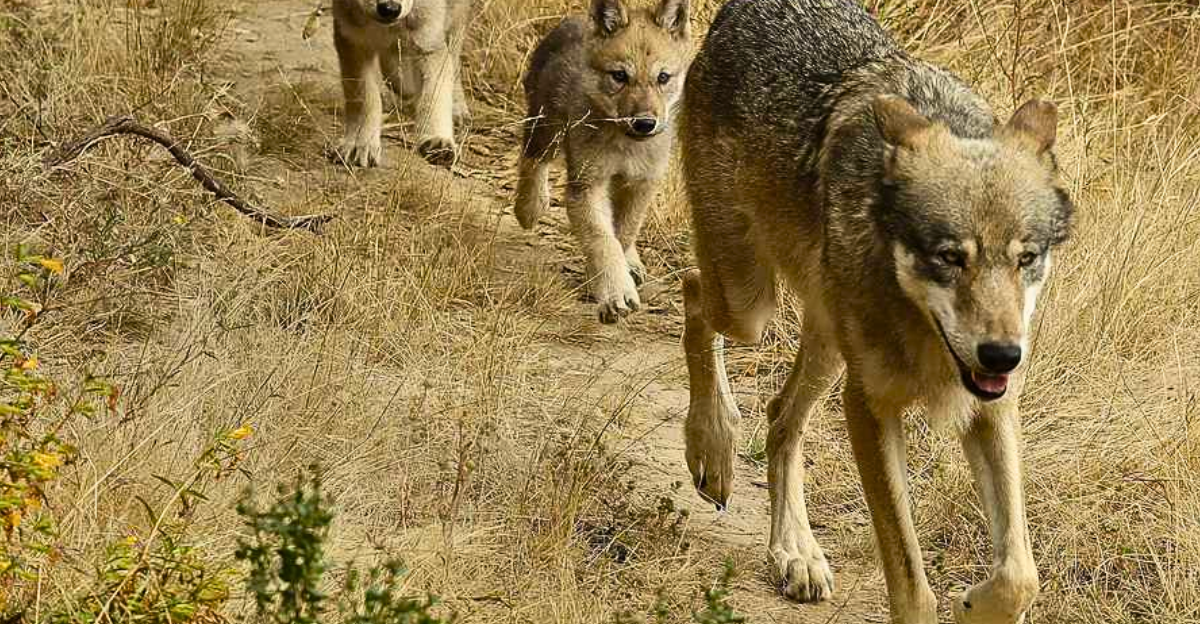
Conservationists emphasize wolves’ ecological importance and advocate coexistence strategies, highlighting wolves as a keystone species. Conversely, ranchers and local officials express concerns about inadequate deterrents and risks to human safety.
Legal protections under the California Endangered Species Act restrict lethal control options, complicating management efforts. This clash of perspectives underscores the difficulty of crafting policies that satisfy wildlife conservation and rural community needs.
Unconventional and Extreme Cases
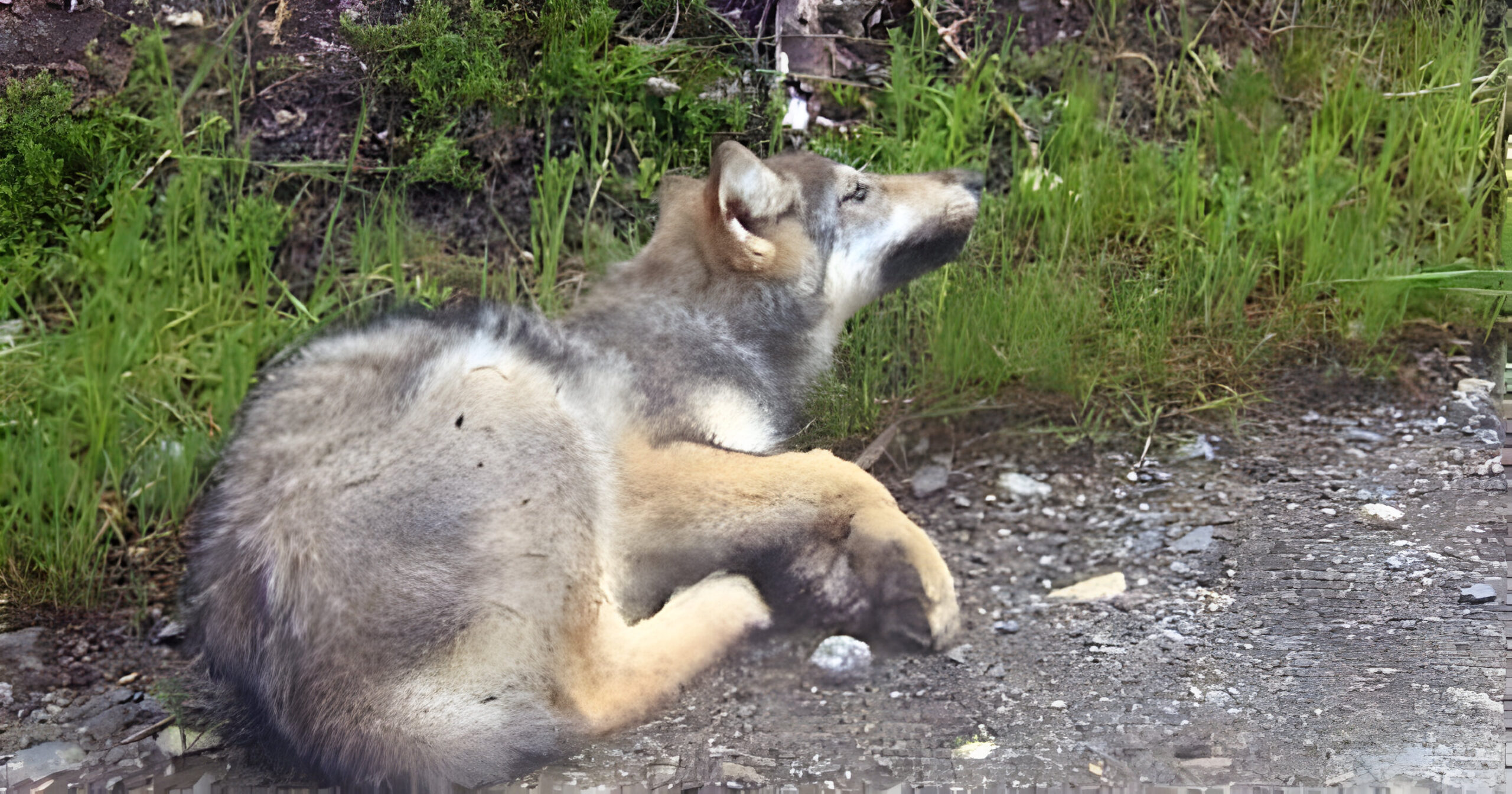
Some wolves have displayed abnormal predatory behavior, such as killing livestock without feeding, which is unusual and troubling. Reports of wolves’ unprecedented boldness suggest behavioral shifts possibly linked to habituation or food scarcity.
The tragic context includes wildlife-related human fatalities elsewhere, underscoring the urgency for proactive management to prevent escalation. These extreme cases challenge conventional wildlife management paradigms and demand innovative solutions.
Future Outlook

The escalating conflict between gray wolf conservation and rural safety in Northern California demands balanced solutions. Protecting wolves’ ecological role and the livelihoods of rural residents requires collaboration between state agencies, local governments, ranchers, and conservationists.
Anticipated developments include refined state policies, enhanced management tools, and improved compensation programs. The path forward hinges on coexistence strategies that address safety concerns while preserving California’s natural heritage.
Explore more of our trending stories and hit Follow to keep them coming to your feed!

Don’t miss out on more stories like this! Hit the Follow button at the top of this article to stay updated with the latest news. Share your thoughts in the comments—we’d love to hear from you!







